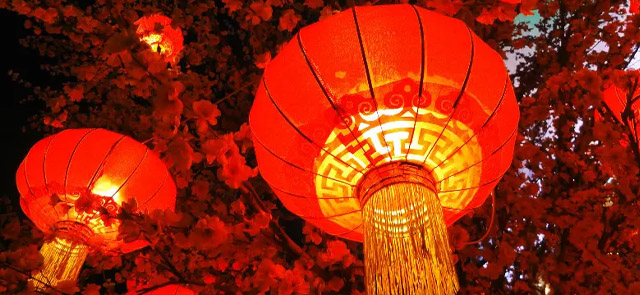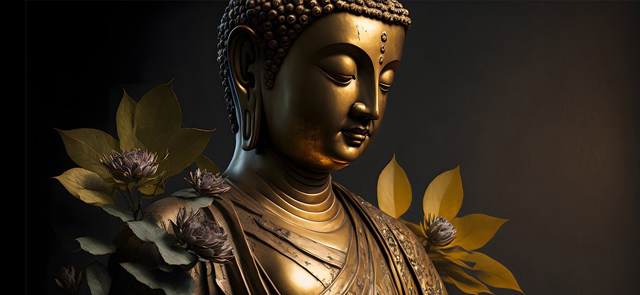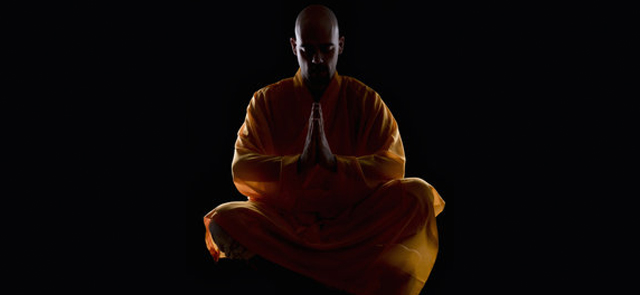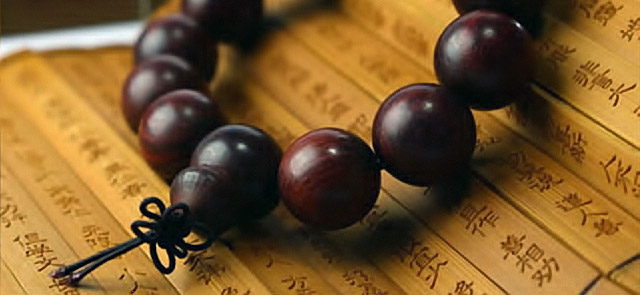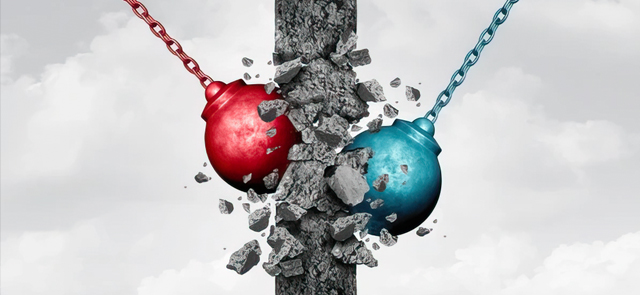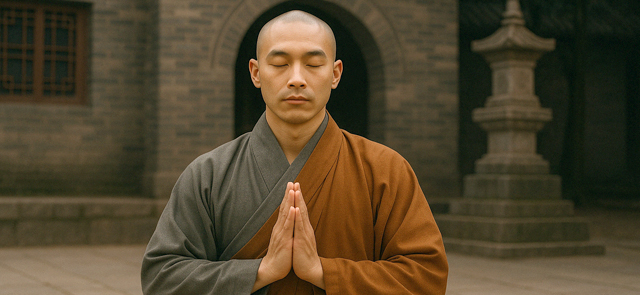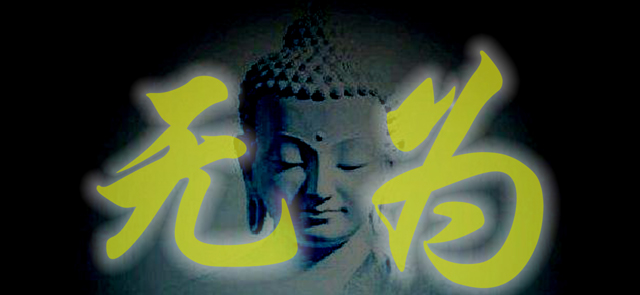The Lantern Festival [Chin.: Yuánxiāo jié 元宵节], also known as Shangyuan Festival [Chin.: Shàngyuán jié 上元节], is a Chinese traditional festival celebrated on the 15th day of the first month (Yuan) of the lunar calendar in the lunisolar Chinese calendar, during the 1st full moon and it marks the final day of the traditional Chinese New Year celebrations. As early as the Western Han Dynasty (206 BC–AD 25), it had become a festival with great significance, celbrated in China and other Asian countries that honours deceased ancestors. The Lantern Festival aims to promote reconciliation, peace, and forgiveness.
During the Lantern Festival, children go out at night carrying paper lanterns and solve riddles on the lanterns [Chin.: cāidēngmí 猜灯谜]. In ancient times, the lanterns were fairly simple, and only the emperor and noblemen had large ornate ones. In modern times, lanterns have been embellished with many complex designs. The lanterns can symbolize the people letting go of their past selves and getting new ones, which they will let go of the next year. The lanterns are almost always red to symbolize good fortune. Mainly the Lantern Festival aims to promote reconciliation, peace, and forgiveness.
Origins and Histories
The general consensus is that the festival began in the Western Han dynasty.
Emperor Wu [Chin.: hàn wǔ dì 汉武帝 designated this day for worship rituals for Taiyi [Chin.: tài yī shén 太一神], one of the universe’s sovereigns.
Intense power play and unrest came after his reign. The new emperor was Emperor Wen [Chin.: hàn wén dì 汉文帝]. To celebrate the return of peace, he made the 15th a national holiday. Every household would light candles and lanterns. It became known as[Chin.: nào yuán xiāo 闹元宵]. “Nao” can be interpreted as having fun, or going wild with excitement.
Emperor Ming of the later Eastern Han was a devout Buddhist. He heard that on the 15th, monks would light candles for the Buddha. He ordered the palace and temples to light candles, and for the citizens to hang lanterns. Both events combined and eventually developed into the Lantern Festival we know today. There are some holidays that coincide with the Lantern Festival and are now celebrated together.
Torch Festival [Chin.: huǒ bǎ jié 火把节]
The Torch Festival began in ancient times to chase away insects and pests and pray for a good harvest. Children gather firewood and tree branches. Adults then light them. Holding these torches, entire communities dance in fields from dusk to dawn. Even now, it is still celebrated in some parts of Southwestern China.
Vegetable Stealing Festival [Chin.: tōu cài jié 偷菜节]
This is celebrated by the Miao ethnicity in China. On that day, groups of girls steal Chinese cabbage from someone’s fields. Being caught is totally fine, but it’s forbidden to steal from relatives or friends. Later, everyone puts the stolen Chinese cabbage together to make a feast. The one who eats the most will be the one to marry first.
Lantern riddles [Chin.: cāi dēng mí 猜灯谜]
The ancient Chinese would often get together with some friends, drink wine and write poetry. Plays on words and riddles were a favorite pastime. During this festival, people would write riddles on the lanterns. These small games are popular with everyone. They require you to be clever and think outside the box.
Dragon dance [Chin.: shuǎ lóng dēng 耍龙灯]
Dragon dance has a history almost as long as Chinese culture itself. The performers create impressive formations to the beat of Chinese drums and cymbals.
Lion dance [Chin.: wǔ shī zǐ舞狮子]
Lion dances can be seen in any festive event, from holidays to weddings and store openings. The lion is intricately designed, with movable eyes and mouths. Sometimes, the lion will open its mouth and demand food and red pockets. Other times, they roll around and play like oversized kittens.
Stilts [Chin.: cǎi gāo qiāo 踩高跷]
Chinese stilt performances are an ancient act. They stem from Chinese opera and the performers sing and dance while on stilts. Depending on their character, they have difference costumes and heights.
